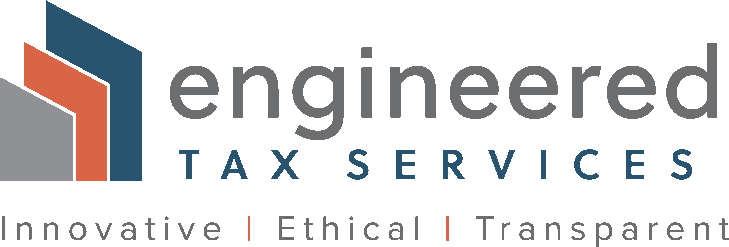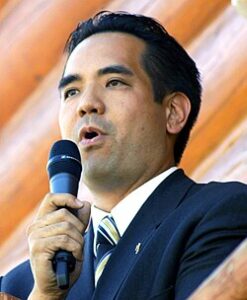Has your tax advisor told you about hundreds of thousands of dollars you could save because of the 179D tax deduction? If you don’t know the facts, you can find out below.

Who is Eligible for the Deduction?
If you own a commercial building that was built (or substantially renovated) after January 1, 2006, you've got a property that may be a candidate. Also, if you are a commercial tenant who owns the asset HVAC, lighting being depreciated, you may be a candidate. Finally, if you are the architect, engineer, or other designers responsible for the design of a building or renovation owned by a government entity, you may be entitled to a large tax deduction.
What Are the Benefits?
Up to $1.80 per square foot. More commonly, buildings are certified in the 60,000 to 120,000 square foot range, resulting in benefits of between $100,000 and $200,000 per building.
What Qualifies?
To take advantage of this benefit, your building or renovation not only has to go into service (use) after January 1, 2006, it also has to be energy efficient. The energy efficiency standard is simple to state but describing the process of how it is proven is complicated and best left to experts in the field. That means that your new building or the renovations must be designed to use at least 50% less energy than baselines established in ASHRAE Standard 90.1-2001. Projects after 2016 must meet the ASHRAE 90.1-2007 standards.
How Can You Take Advantage of 179D?
In order to obtain the benefits of this tax deduction, you need to obtain the certification of a licensed, third party. The party certifying must use approved software and demonstrate that the building's envelope (walls, roof, windows), lighting and HVAC systems are designed to use at least 50% less energy than the 2001 ASHRAE 90.1 standard. Projects after 2016 must meet the ASHRAE 90.1-2007 standards. This is a standard set forth by the American Society of Heating, Refrigerating and Air-Conditioning Engineers and the software modeling is used to create two models. One model is the building as designed and the other is the building if designed pursuant to the 2001 standard. The models are compared to see if your building makes the grade. If it does, you can qualify for $1.80 per square foot in deductions.
Can You Get Partial Deductions?
Yes. If the building does not meet the 50% standard, each of the systems being reviewed can be qualified separately (HVAC, Envelope, and Lighting) for up $.60 per square foot. Even more specifically, lighting as a separate qualification can qualify partially for between $.30 and $.60 per square foot.
Do You Need an Inspection?
Yes. The IRS does require that there be a third-party verification of the existence of the building and that it is built to the specifications that were modeled for energy efficiency.
Do You Need to File a Report with Your Tax Return?
No. But the engineering report that substantiates the tax deduction should be kept on file in case of an audit. If done properly, the report can be a hundred pages or more.
When Should You Claim It?
The tax deduction is taken in the year in which the property is placed in service or opens for business. This is typically the date of a temporary certificate of occupancy but it can vary.
Does it Reduce Basis?
Yes. Owners who take the deduction must also reduce their basis in the building asset.
What is the Cost to Be Certified?
Generally, a study can be done at a cost that equates to less than 10% of the amount of your tax deduction or less. Beware of companies that get paid on a contingency. You may be overpaying and the IRS may question the independence of the study. Companies that charge a set fee by the square foot will not raise this red flag.
For more information, please contact Engineered Tax Services at (800) 236-6519.




